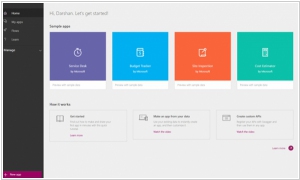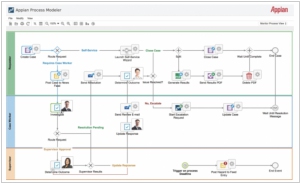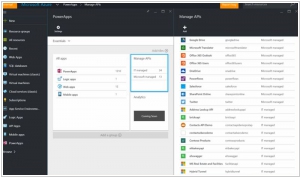Appian vs Microsoft PowerApps
May 20, 2023 | Author: Michael Stromann
Appian and Microsoft PowerApps are both low-code development platforms that enable users to build custom business applications without extensive coding knowledge. However, they have some key differences in terms of their features and target markets. Appian is a comprehensive business process management (BPM) platform that focuses on automating workflows and driving digital transformation. It offers a wide range of capabilities including process modeling, data integration, analytics, and enterprise mobility. Appian is known for its strong workflow and case management features, making it suitable for complex business processes. On the other hand, Microsoft PowerApps is part of the Microsoft Power Platform and is tightly integrated with other Microsoft tools and services like Office 365 and Azure. It emphasizes ease of use and enables users to quickly build and deploy applications with a visual interface. PowerApps offers a variety of connectors to integrate with different data sources and supports mobile and web app development. It is often used by organizations already invested in the Microsoft ecosystem.
See also: Top 10 BPM Software
See also: Top 10 BPM Software
Appian vs Microsoft PowerApps in our news:
2016. Microsoft launched its no-coding app builder

Microsoft has introduced a new service called PowerApps, enabling individuals to create basic business apps without requiring any coding skills. These apps are compatible with both web and mobile platforms, including the PowerApps apps for iOS and Android. Developing apps in PowerApps primarily involves a drag-and-drop approach. While the service provides an online dashboard, the actual design work is performed using a Windows 10 desktop app. Additionally, PowerApps offers several pre-designed templates for common use cases. Although building new apps from scratch is generally straightforward, it may not be as effortless as portrayed in Microsoft's marketing materials.




